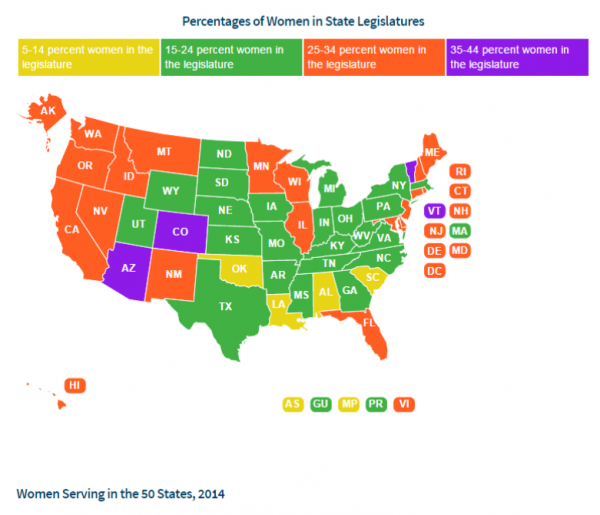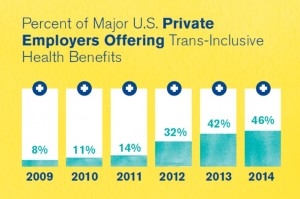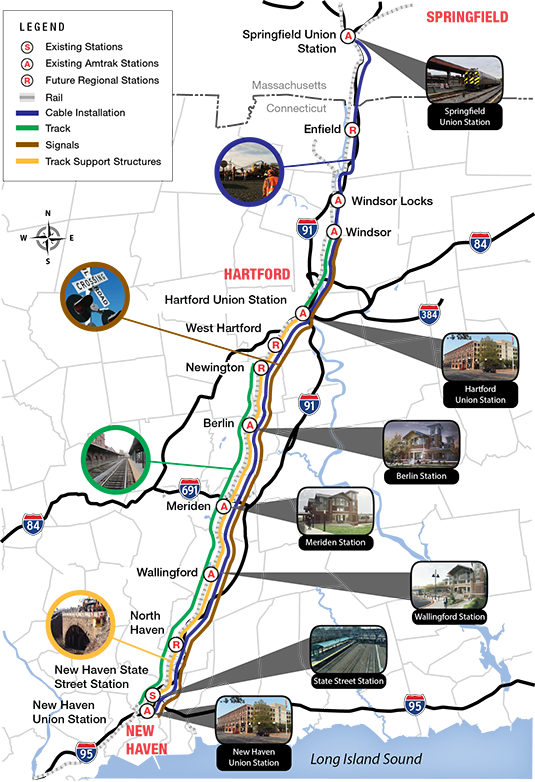Connecticut Ranks #2 in Access to Justice, Report Concludes
/The nonprofit National Center for Access to Justice has produced rankings on how well state court systems serve poor and disabled residents and other members of the public – and Connecticut is among the nation’s leaders. Connecticut ranks #2 overall in a composite index compiled by the organization, called the “Justice Index,” which includes a range of access factors. The state ranks in the top 10 in each individual category, including access to attorneys, language assistance, disability assistance, and ease of self-representation.
The top 10 in the overall rankings (100 being highest), are:
- Washington, D.C. 80.9
- Connecticut 73.4
- Hawaii 69.9
- Minnesota 69.4
- New York 67.4
- Delaware 66.7
- Washington 65.6
- Colorado 65.6
- Wisconsin 65.2
- Tennessee 64.0
At the bottom of the list were Illinois (34.5), Kentucky (33.4) and Oklahoma (23.7).
The Justice Index is a snapshot of the degree to which certain selected best practices for ensuring access to the civil and criminal justice systems have been adopted across the country. The aggregate map shows summary views of the national and state-by-state commitment to providing access to the civil and criminal courts for some of the nation’s most vulnerable populations. The report website includes maps illustrating state rankings in each of the categories.
Connecticut ranked #8 in the nation in the number of civil legal aid attorneys per 10,000 people in poverty. The states ahead of Connecticut in the rankings were D.C., New York, Maryland, Hawaii, Arkansas, Massachusetts, and Oregon. The data indicated that Connecticut also ranked in the top 10 (at #4, behind D.C., New York and Massachusetts) in the number of attorneys per 10,000 people, at 60.
 The report also indicated that more than 80% of litigants appear without lawyers in matters as important as evictions, mortgage foreclosures, child custody and child support proceedings, and debt collection cases. “Making courts user-friendly for these self-represented litigants is imperative if we are to keep the promise of equal justice for all,” the report indicated. In comparing the 50 states’ systems for self-represented litigants, Connecticut ranked #9. The top states were Hawaii, California, Delaware, Arizona, Iowa, Indiana, Washington, Massachusetts and Connecticut.
The report also indicated that more than 80% of litigants appear without lawyers in matters as important as evictions, mortgage foreclosures, child custody and child support proceedings, and debt collection cases. “Making courts user-friendly for these self-represented litigants is imperative if we are to keep the promise of equal justice for all,” the report indicated. In comparing the 50 states’ systems for self-represented litigants, Connecticut ranked #9. The top states were Hawaii, California, Delaware, Arizona, Iowa, Indiana, Washington, Massachusetts and Connecticut.
More than 25 million people in the United States have limited proficiency in the English language, according to the report.“ While many of these people use English at work and in their daily lives, understanding what happens in a courtroom can be more difficult. Many others have less facility with English and are lost in telling their story – whether inside the courtroom or speaking with court clerks – without the support of a trained and qualified interpreter and without translation of official court documents.” Here again, Connecticut’s justice system was among the best, ranking #3, behind only Delaware and Minnesota.
In ranking the states for their support of people with disabilities, Connecticut joined five other states tied with a #1 ranking. The other top-rated states were Colorado, Hawaii, Maine, Minnesota and Tennessee. The report noted that ‘for those who cannot see, hear, speak or otherwise navigate a courthouse, or for those with emotional and cognitive challenges that make it difficult for them to participate in their own cases, access to justice depends on support from the justice system.”
The Justice Index was created by NCAJ with the pro bono help of Pfizer, Skadden Arps, other law firms in the Pfizer Legal Alliance, UBS, students at Cardozo School of Law and University of Pennsylvania Law School, Deloitte, and MSDS. The Justice Index measures selected elements of state justice systems and highlights statewide laws, rules, and policies.






 Republicans. The House Speaker, House Majority Leader, Senate President Pro Tempore Senate Majority Leader, and Senate Republican Leader for the 2015 session are men, as was true in the previous legislative session. Connecticut has seen a woman Speaker of t
Republicans. The House Speaker, House Majority Leader, Senate President Pro Tempore Senate Majority Leader, and Senate Republican Leader for the 2015 session are men, as was true in the previous legislative session. Connecticut has seen a woman Speaker of t he House, but there has not been a woman selected to serve as Senate President Pro Tempore or Majority Leader.
he House, but there has not been a woman selected to serve as Senate President Pro Tempore or Majority Leader.
 t households unable to afford all of life’s basic necessities far exceeds the official federal poverty statistics. United Way calls this newly revealed demographic ALICE, an acronym for Asset Limited, Income Constrained, Employed.
t households unable to afford all of life’s basic necessities far exceeds the official federal poverty statistics. United Way calls this newly revealed demographic ALICE, an acronym for Asset Limited, Income Constrained, Employed. an double the official U.S. poverty level.
an double the official U.S. poverty level.

 with the Equality Federation, provide “a revealing snapshot of LGBT equality in municipalities of varying sizes, and from every state in the nation,” the report noted.
with the Equality Federation, provide “a revealing snapshot of LGBT equality in municipalities of varying sizes, and from every state in the nation,” the report noted. tive state laws.
tive state laws.
 This past Saturday, the Huskies football team played Army at Yankee Stadium – the
This past Saturday, the Huskies football team played Army at Yankee Stadium – the 




 aring workers for higher-level jobs is not quite as strong, the majority of respondents nonetheless believe Connecticut schools and colleges provide an adequate education for mid-level employees (59% of employers surveyed); management workers (61% of employers); and executive-level employees (58%).
aring workers for higher-level jobs is not quite as strong, the majority of respondents nonetheless believe Connecticut schools and colleges provide an adequate education for mid-level employees (59% of employers surveyed); management workers (61% of employers); and executive-level employees (58%).


 Rounding out the top 10 are Rhode Island (the state’s first time in top five), Oregon, and Vermont (all tied for #3); Connecticut (#6); New York (#7); Washington (#8); Maryland (#9); and Minnesota (#10).
Rounding out the top 10 are Rhode Island (the state’s first time in top five), Oregon, and Vermont (all tied for #3); Connecticut (#6); New York (#7); Washington (#8); Maryland (#9); and Minnesota (#10).
 s, State, and Local Policy program, said: “Smart energy efficiency choices maintain the same comfort, convenience, and quality of life that consumers want and expect. Energy efficiency is also good for business. State action on energy efficiency improves bottom lines, drives investment across all sectors of the economy, creates jobs, and offsets the environmental harms created by the energy production system.”
s, State, and Local Policy program, said: “Smart energy efficiency choices maintain the same comfort, convenience, and quality of life that consumers want and expect. Energy efficiency is also good for business. State action on energy efficiency improves bottom lines, drives investment across all sectors of the economy, creates jobs, and offsets the environmental harms created by the energy production system.”




























